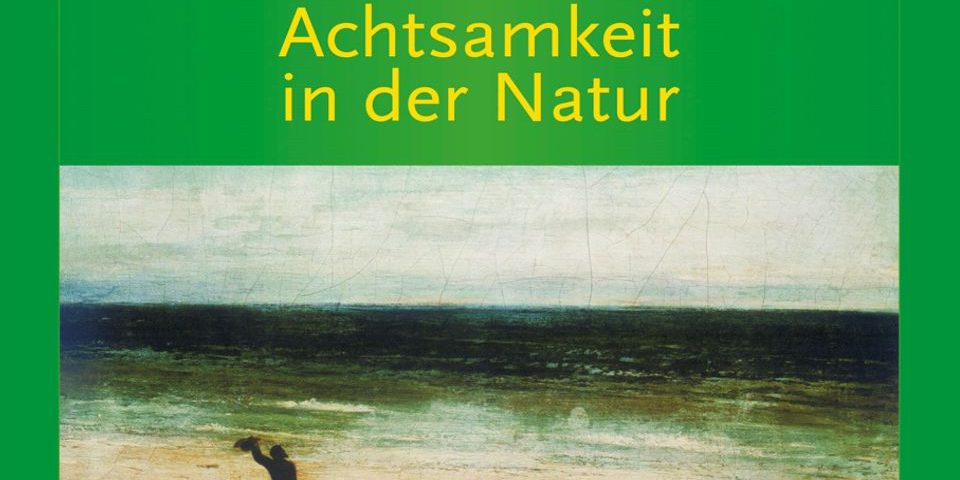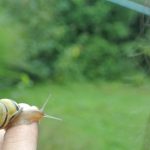Train your senses – mindfulness in the forest

Forest Quiz takes Fins out into the forest
28. March 2018
Finnish curriculum supports teachers to learn outside the classroom
7. May 2018
Train your senses - mindfulness in the forest
Switzerland , 3. April 2018
Author: Rolf Jucker, SILVIVA, Switzerland

M indfulness is currently on everyone's lips and threatens to become a term as abused as sustainability: so often used so differently that it becomes almost meaningless. But is mindfulness really that complicated? Do you really first have to meditate for years or study 5000 years of Eastern cultural history in order to be able to treat yourself, your fellow human beings and nature with respect?
Verena Schatanek and Michael Huppertz have written the standard work on mindfulness in nature in the German-speaking world ("Achtsamkeit in der Natur - 84 nature-related mindfulness exercises and theoretical foundations", Junfermann 2015: https://www.junfermann.de/titel-1-1/achtsamkeit_in_der_natur-10271/ ; English translation: https://www.amazon.de/Mindfulness-Nature-Dr-Michael-Huppertz/dp/1979335885 They plead for keeping the ball as low as possible, not unnecessarily loading the term with metaphysical, esoteric or complicated meanings.
This low-key approach is particularly useful in nature. Very often we walk through life without really noticing what is going on around us. So why not go to the forest late one afternoon, when dusk is approaching. Then you stop talking and you start walking through your favourite patch. But this time you focus your vision exclusively on colour. On colour? During dusk? There is nothing to see, you say to yourself: these forest pedagogues again, always having strange ideas. But then it almost hits you in the face. You see colours, lots of them, at places where you don’t expect them, really strongly contrasting against the increasingly dark background. And you can almost feel how the precision and detail of your perception sharpens….
This is just one simple exercise in mindfulness as perception training. But once you start, for example, to pay attention to the gaps in the landscape instead of to the objects, you can intensify your experience in ways you simply would not have thought possible before. And because most of the guides around are either too complicated or too esoteric, SILVIVA has put together a very simple set of cards called "Mindfulness in Nature" (in German, French and Italian; https://www.silviva.ch/hilfsmittel/achtsamkeit-in-der-natur/). Everybody can easily use it anywhere, without any previous knowledge. The beautiful design, photos and guidance of the reader also turn the set into an aesthetic and haptic experience on its own.
Mindfulness as an attitude is traced back to its core in nature: it enables a training of perception that allows us to perceive ourselves, nature, but especially our relationship to nature with completely new eyes and new amazement. And this in turn might develop our mindfulness with regard to our way of life and our resource use. I just stumbled across an old text of mine which tries to link mindfulness and dematerialisation. You might find it useful as an extension of the theme above (even if some of the links might not work anymore ;=): “Toward Dematerialization: The Path of Ethical and Ecological Consumption” http://www.onweb.org/features/new/dematerial/dematerial.html.



